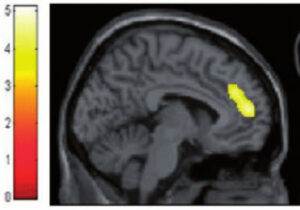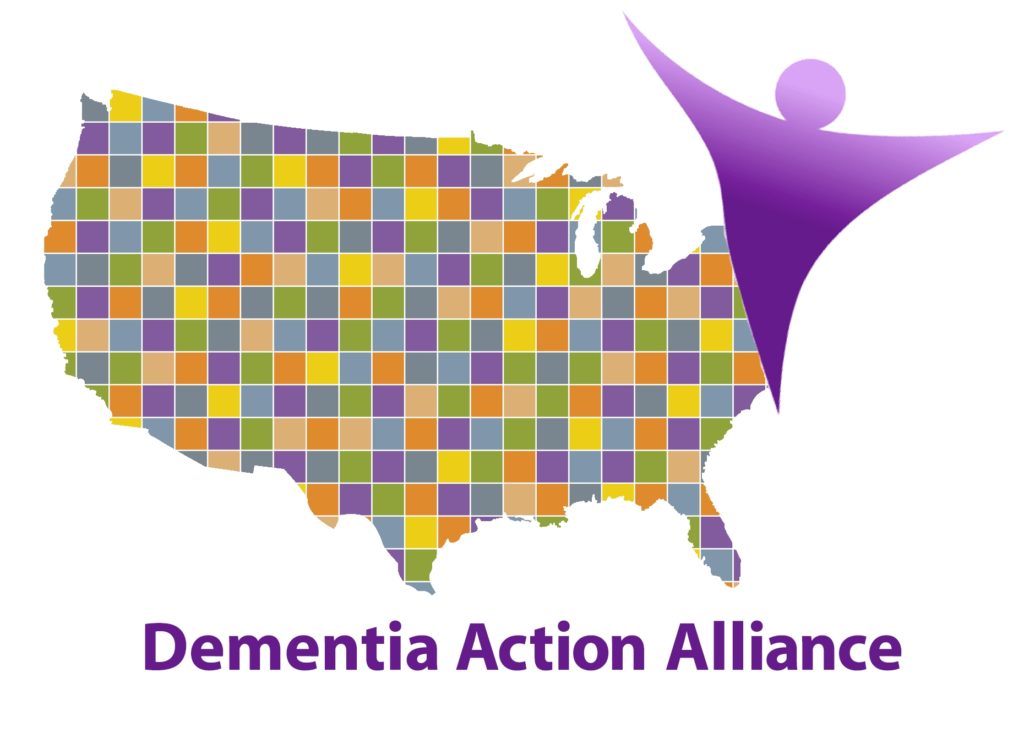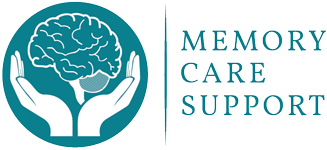by Daizel Gasperian, RCFE

Anosognosia is a condition that occurs when an individual’s perception of their abilities differs from their actual functional capabilities. This impaired awareness and insight stem from brain changes and can vary significantly in intensity.
Individuals with dementia experience anosognosia, often without realizing it. Understanding this condition is vital, as it can lead to feelings of anxiety, fear, anger, and distrust for both the individual and their loved ones. Recognizing that anosognosia can fluctuate in severity and manifest as either a partial or complete lack of awareness opens the door for more effective communication and support.
According to neurologist Dr. Catherine Madison, “We accept things like spots on your skin with aging. Well, we get spots on the brain too, so that slows the process down.” These “spots on the brain” start to disrupt normal function.
I am a member of the Dementia Action Alliance (DAA). Members of DAA also include individuals living with anosognosia who share their experiences due to this condition. During a family gathering, Laurie picked up a very hot pan from the grill and placed it in the sink. Her family saw her burned and blistered hands and asked her what had happened. Laurie didn’t know or feel the pain when the incident occurred. This is an example of the disconnect caused by anosognosia.
“As you have more damage to the brain, you’re going to get more disruption of these circuits that allow us self-referential thinking and can contribute to this condition of anosognosia.”
To learn more from Dr. Madison, listen to the podcast:
By constructively addressing anosognosia, we can create environments that foster understanding and empathy, helping those affected navigate their experiences more positively. Education and support can ease emotional responses and improve interactions, enhancing the quality of life for individuals with dementia and their caregivers.
Join the Dementia Action Alliance Webinar:
Anosognosia: A Virtual Conversation
January 22, 2025 at 9:30am Pacific. Click Here to the webinar:


